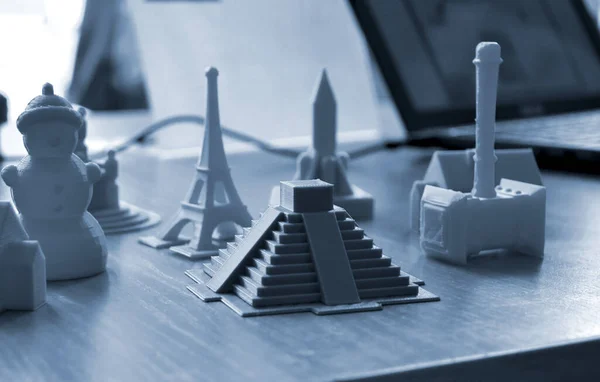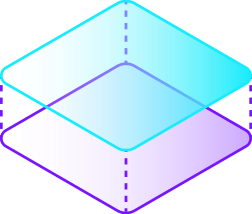
Keywords: 3d printer art, Artistic Development
Societies around the world define 3D printing art as a modern technology that creates three-dimensional models with thin layers of different materials, and this technology represents an amazing development in the world of industry with its many uses in all fields, including the artistic field.
This technology is distinguished by its amazing precision, which allows it to create complex shapes and structures with fine details derived from a 3D printing model designed with specialized 3d design art programs that allow them to be detailed into layers that are printed sequentially when the final model is completed.
With this article, we give you a quick look at the partnership between art and 3D printing and its actual contribution to inventing new art and improving paintings in a wondrous way that you can imagine.
Technical Look at 3D Printing
With the development of this technology and the expansion of its uses, many 3d artists expect to change their artistic styles, so they can use it to embody their perspective in a new way, either by adding small details to their work or making it all with 3D printing art.
We must alert you, dear reader, that 3D printing art is a relatively new technology in the artistic field, and it is still developing and expanding its uses and applications. The technical use of 3D printing may require advanced technical and technical skills and a deep understanding of 3D design.
New experiments = new artistic styles?
This integration between technology and art contributed to unleashing the 3d artists' sense of new ways and achieved an amazing visual impact for their works, and even had a role in improving their 3d printer art piece, which contributed to the barriers and artistic boundaries and allowed them to try new methods and techniques, such as:
1. Sculpture
As we mentioned in a previous blog, many sculptors have turned to 3D printing for the ease of embodying the details of their complex works into tangible forms, and with the diversity of materials, it has become one of the most common techniques used by sculptors to reflect their artistic vision.
2. Architectural design
Many architects were enthusiastic about the 3D printing art technique because it allowed them to illustrate their architectural designs accurately and in deep detail in experimental models of complex buildings or structures, which helped them evaluate and improve the 3d design art before starting construction.
3. Conceptual art
The artist Diem wants his ideas to reach the recipient and constantly searches for the appropriate materials that help him achieve this thing. From this point of view, conceptual art arose as a result of the creator's boredom with the traditional framework of the work of 3d printer art, and with this art, the most important thing is the idea or perception. Artists often use 3D printing art to print a conceptual model that reflects their ideas with 3d printer art and creativity.
An Opportunity for Blind Art Connoisseurs
With the help of design software, 3D printing art opened a whole new world of cool 3d art pictures for the blind, by redrawing and sculpting real paintings and turning them into printed paintings with prominent details that give the blind a sense of the size and depth of the painting's elements. 3DPhotoworks is known for using this technology to produce 3D versions of many world-famous masterpieces, such as da Vinci's Mona Lisa, Emmanuel Lutz's Washington Crossing Delaware, and Van Gogh's Dr. Gashet.
This process goes through simple steps starting from scanning the paintings, and then with the
help of 3d design art programs it turns into a digital board with information that explains the feeling and elements of the painting in different layers, and finally prints it with 3D printers and adds a tangible artistic dimension to it.
A blind child's hands explore "Washington Crosses Delaware." Image rights belong to 3DphotoWorks.
Collaborations for Entirely New Art
When 3d artists share a certain artistic vision, they often collaborate to produce a new work of 3d art pictures that combines their artistic disciplines and produces for us a stunning work that could be the first of its kind in the world.
A 3D printed version of the music. (Image Credit: Frozen Music Project)
This was represented by the Frozen Music project, a collaboration between the Gavile Symphony Orchestra, designer Julia Corner and curator Andreas Verziger. Each of these 3d artists tried to merge his discipline with the other to combine music, sculpture, and 3D printing art to create a tangible experience of music and the transformation of orchestral compositions into tangible works of 3d printer art.
Once the sculpture twists to embody the soft melodies of the flute the other is disturbed by intricate meanders that embody the enthusiastic energy of the flute in another song, translating intricate musical compositions into visually stunning sculptures.










